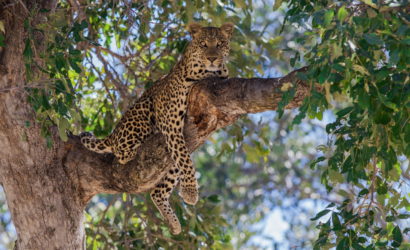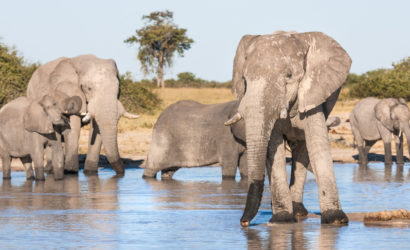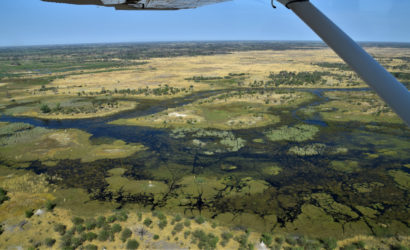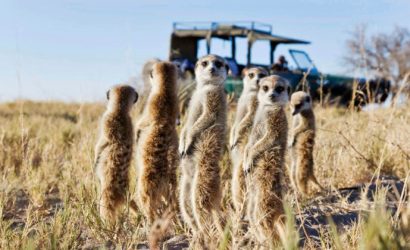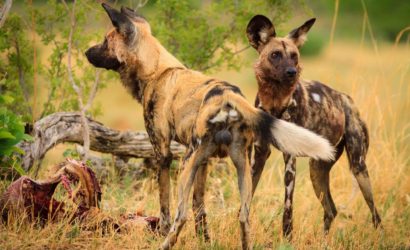Nxai Pan National Park
"The exceptional game viewing opportunities at Nxai Pan National Park are due to its expansive open plains, which are complemented by the typical mopane bush found in the region. This combination creates unobstructed views of wildlife that are unparalleled in their magnificences."
Nxai Pan National Park is situated in the northeast region of Botswana and encompasses the Nxai Pan, which forms a part of the Makgadikgadi Pan salt flats. It is located to the north of the Maun-Nata main road and shares a border with the Makgadikgadi Pans National Park to the north. The Nxai Pan is an expansive fossil lakebed that spans approximately 40 square kilometers. In addition, the national park is home to a group of ancient baobab trees that are commonly referred to as Baines’ Baobabs after Thomas Baines, the explorer credited with their discovery. These baobabs have stood for millennia and are a popular attraction for adventurers exploring the rugged wilderness of Botswana.
This is one of the few areas in Botswana that is more interesting during the rainy season – when huge herds hit Nxai’s grassy pans. The numbers can be staggering; wildebeest, zebra and gemsbok appear in their thousands, along with large herds of other Antelope and Giraffe.
Wildlife In Nxai Pan
Witnessing the awe-inspiring wildlife and annual migrations at Nxai Pan National Park is akin to observing a breathtaking symphony of nature, a true marvel to behold.
African elephant | Lion | Leopard | African wild dog (painted dog) | Spotted hyena | Brown Hyena | Springboks| Giraffe | Plains zebra | Wildebeest | Honey Barger | Cheetahs | Black-backed jackal | Honey badger | Various species of mongoose | Bat-eared fox | Aardwolf | African wild cat | Genet | Bush baby | Aardvark | Porcupine
Bird life in Nxai Pan
Nxai Pan is a birdwatcher’s paradise with over 200 species of birds inhabiting the park’s diverse habitats
Abdim’s stork | African barred owlet | African fish eagle | Black bustard | Black-cheeked waxbill | Black-winged stilt | Blue-cheeked bee-eater | Bronze-winged courser | Burchell’s coucal | Burchell’s courser | Capped wheatear | Dusky lark | Eastern paradise whydah | Gabar goshawk | Great white pelican | Greater flamingo | Kori bustard | Lesser flamingo | Martial eagle | Meyer’s parrot | Ostrich | Pale chanting goshawk | Pied avocet | Pink-backed pelican | Pin-tailed whydah | Red-billed francolin | Red-necked falcon | Saddle-billed stork | Secretary bird | Shaft-tailed whyd
Best Time To Visit Nxai Pan
The Wet Season: November to April
The rainy season which is from November to April is the hot wet summer season and the time when Nxai Pan is at its best as many animals migrate to the pans. Game is abundant from December to April
Best time for birding with migrants around and also the time when a lot of birds are breeding and show their breeding plumage.

